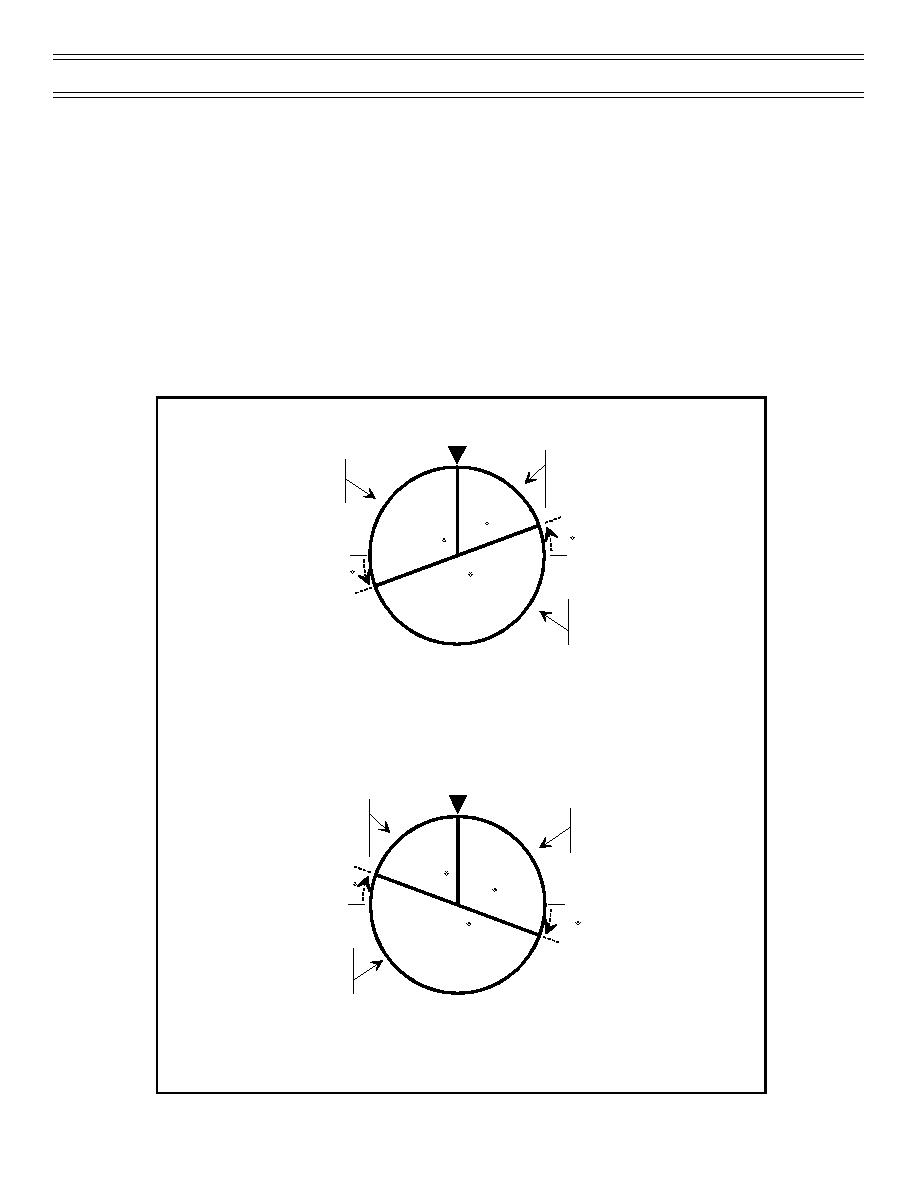
Instrument Flight
Flight Procedures
The quickest and most accurate method of determining which type of entry to perform, is to use the HSI
compass card as a plotting board (Figure 29). For a standard holding pattern, locate the holding radial on
the compass card. If the holding radial is located within an area of 70 degrees to the right of aircraft
heading at the holding fix, perform a teardrop entry. If the holding radial is located within an area of 110
degrees to the left of aircraft heading, perform a parallel entry. If the holding radial is located outside an
area of 110 degrees to the left and 70 degrees to the right of aircraft heading, perform a direct entry. For a
nonstandard pattern (left turns), reverse the 70- and 110-degree lines. Additionally, most approach plates
include a holding entry diagram, to aid you in determining which type of entry to perform.
NOTE: If the holding radial is within +/- 5 degrees of the entry plot quadrant division points, either entry
procedure associated with the point may be used. The most appropriate entry is determined by
consideration of known wind, holding airspace, etc.
Heading Index
TEARDROP SECTOR
PARALLEL ENTRY SECTOR
Turn in shortest direction to
Turn left to parallel the
heading 30 degrees less
outbound course
than the outbound course
70
20
110
20
180
DIRECT ENTRY SECTOR
Turn right to the
outbound course
STANDARD HOLDING PATTERN ENTRY
Heading Index
TEARDROP SECTOR
PARALLEL ENTRY SECTOR
Turn in shortest direction to
Turn right to parallel the
heading 30 degrees more
outbound course
than the outbound course
70
20
110
20
180
DIRECT ENTRY SECTOR
Turn left to the
outbound course
NONSTANDARD HOLDING PATTERN ENTRY
Figure 29: DETERMINING HOLDING ENTRY
Page 84
(12-00) Original



 Previous Page
Previous Page
